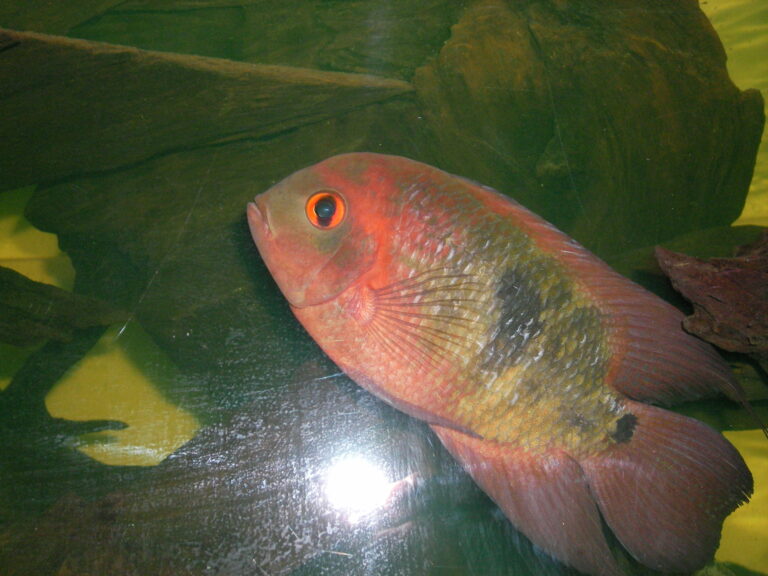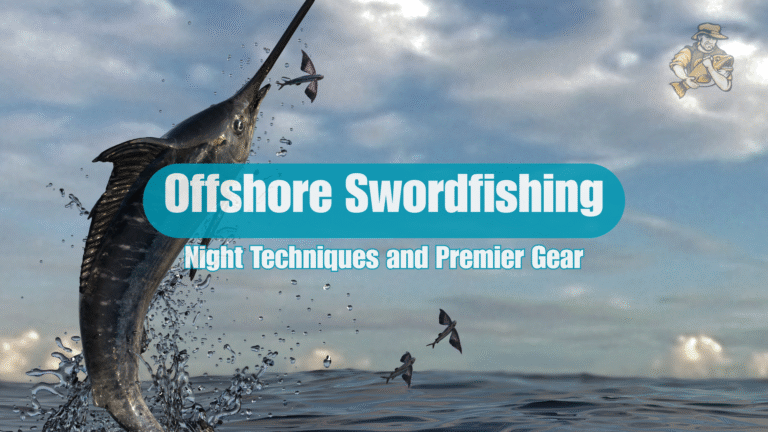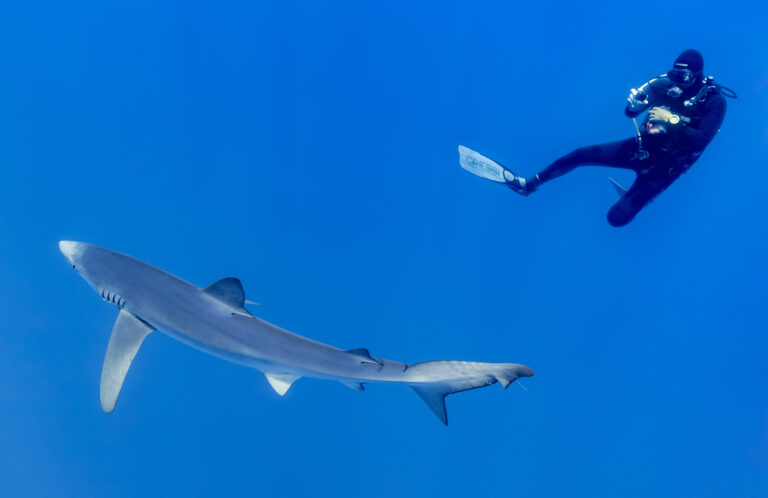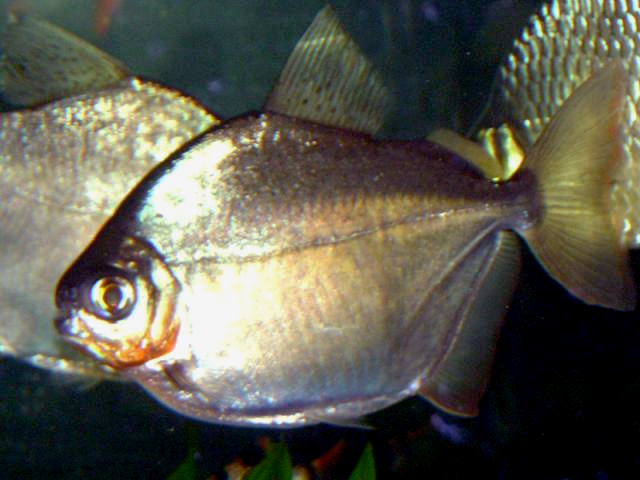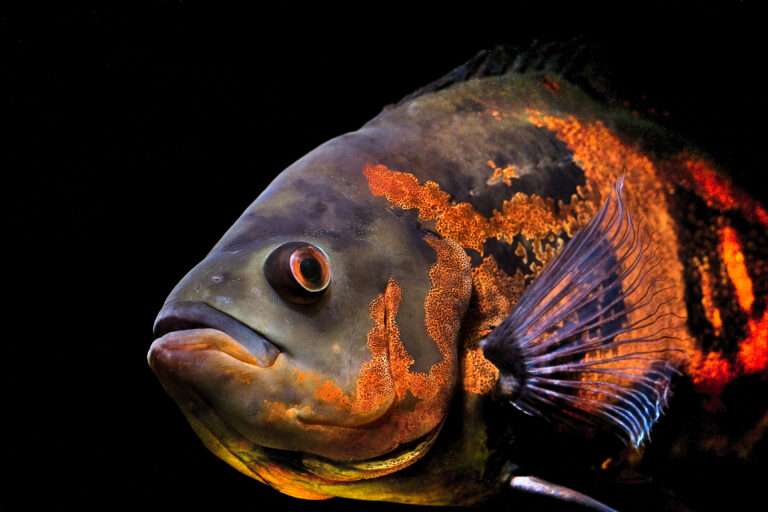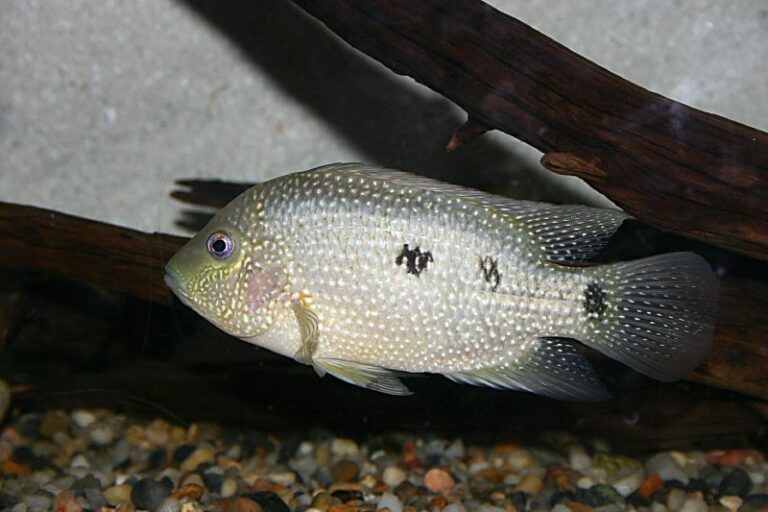Fishing Tips for Beginners: An Expert Guide to Your First Successful Catch
By Adam Hawthorne | Last Modified: May 3, 2025
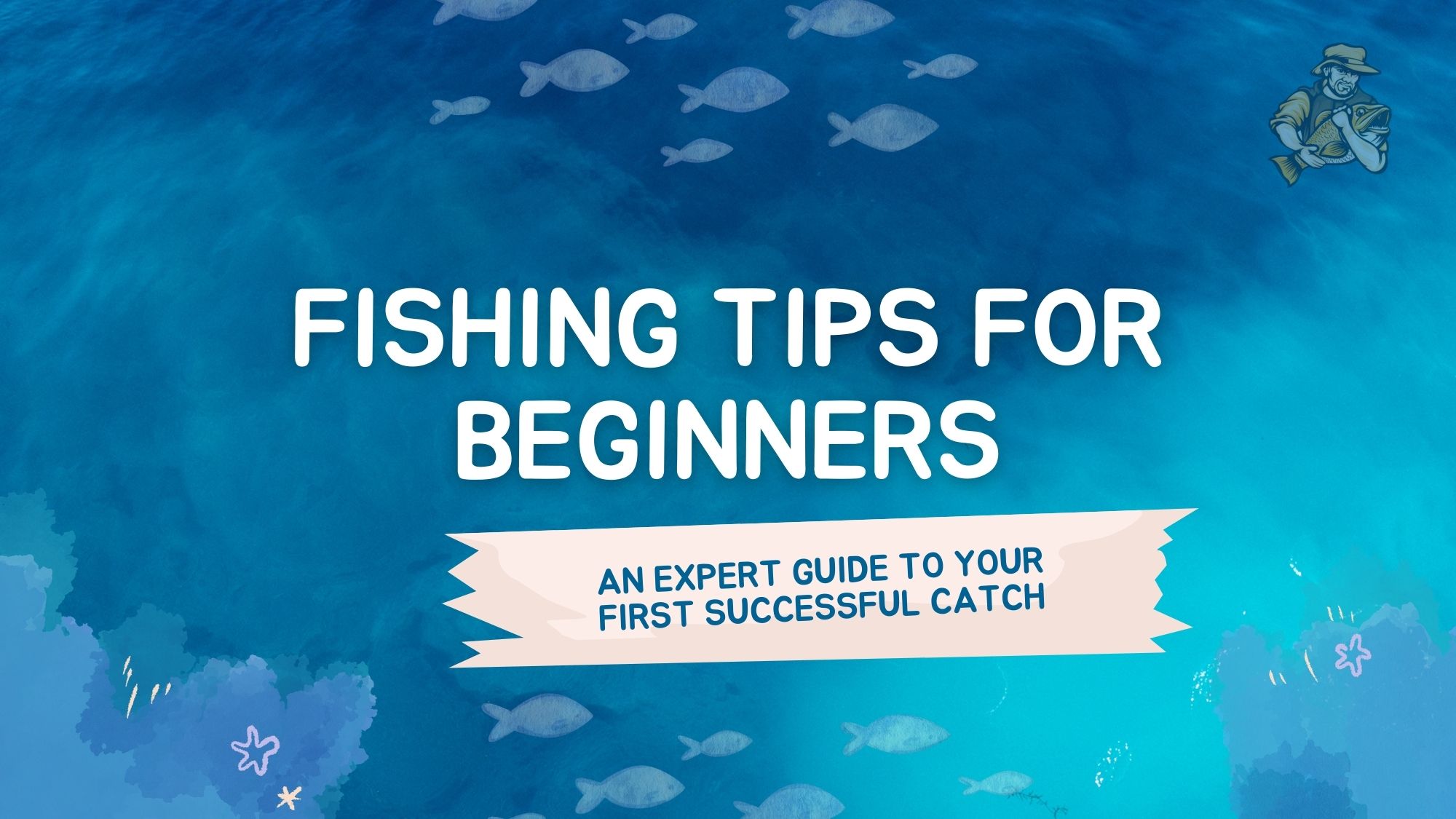
Getting started with fishing can feel overwhelming. Trust me, I’ve been there – staring at walls of equipment, trying to decipher fishing jargon, and wondering if I’d ever figure it all out. After 30 years on the water, I’ve learned that successful fishing isn’t complicated, it just requires some fundamental knowledge and practice.
In this guide, I’ll share the essential fishing tips for beginners that I wish someone had told me when I was starting out. These practical recommendations will help you avoid common frustrations and get to the fun part – actually catching fish.
Essential Fishing Tips Every Beginner Should Know
My first fishing trip with my grandfather taught me that patience isn’t just a virtue in fishing – it’s a requirement. But that doesn’t mean you have to spend months figuring things out. With these beginner-friendly tips, you’ll be well on your way to landing your first catch.
Start with the Right Basic Equipment
When I began teaching fishing classes, I noticed many beginners were overwhelmed by equipment options. The truth is, you don’t need much to get started. Here’s what I recommend:
- A spinning reel combo – Versatile and user-friendly, a medium-action 6-7 foot rod paired with a spinning reel (size 2500-3000) will handle most beginner fishing situations. Bass Pro Shops offers affordable starter combos that won’t break the bank.
- Monofilament fishing line – 8-10 pound test is perfect for beginners. It’s forgiving and works well for most freshwater situations.
- A small tackle box with:
- Assorted hooks (sizes 6-2/0)
- Split shot weights
- Bobbers (also called floats)
- A few basic lures (spinners, plastic worms)
- Needle nose pliers for hook removal
- Line clippers
I still remember my first fishing trip with a $12 yard-sale rod. That old fiberglass rod caught plenty of fish and taught me that expensive gear isn’t a requirement for success.
Choose the Right Fishing Location
Location can make all the difference between a frustrating day and a successful one. For beginners, I recommend:
- Public ponds – Often stocked with fish and designed with shore access
- Small lakes – Look for areas with docks, fallen trees, or vegetation
- Calm rivers – Sections with slower current are more manageable
Local bait shops are goldmines of information. I’ve received some of my best fishing tips from the folks behind those counters. They can point you to beginner-friendly spots and tell you what’s biting.
The Take Me Fishing website offers a helpful tool for finding local fishing spots suited to beginners.
Master the Basic Cast
Casting isn’t complicated once you understand the mechanics. Here’s how I teach a basic overhead cast:
- Hold the rod with your dominant hand, with about 12-15 inches of line hanging from the tip
- Press and hold the line against the rod with your index finger
- Open the bail (the wire arm on the reel)
- Bring the rod tip back to the 2 o’clock position
- Smoothly accelerate forward, releasing your finger from the line when the rod reaches the 10 o’clock position
- Close the bail manually after the lure lands
Practice this in your backyard with a practice plug (a weight without hooks) before heading to the water. I spent an entire afternoon practicing in my driveway before my first real fishing trip, and it paid off tremendously.
Learn to Read the Water
Understanding where fish are likely to be is often more important than having fancy equipment. Fish generally seek three things: food, protection, and comfortable water conditions.
Look for:
- Structure – Docks, fallen trees, large rocks, and vegetation provide shelter and ambush points for fish
- Transitions – Areas where deep water meets shallow, or where two different bottom types meet
- Movement – Ripples, swirls, or jumping fish indicate activity
During my years fishing Lake Michigan, I’ve learned that finding fish often means thinking like one. Ask yourself: “If I were a fish, where would I hide or find food in this spot?”
Understand the Basics of Bait and Lures
Starting with live bait is often the easiest way to catch your first fish. Nightcrawlers, waxworms, and minnows are effective for many freshwater species.
For artificial lures, keep it simple with:
- Spinners – The flash and vibration attract many fish species
- Soft plastic worms – Effective for bass and many other fish
- Jigs – Versatile and can be used in many situations
According to research published in the North American Journal of Fisheries Management, natural baits typically outperform artificial lures for beginner anglers by a significant margin.
When I take my kids fishing, we almost always start with worms under a bobber. It’s a time-tested method that consistently produces results for beginners.
Common Beginner Fishing Mistakes to Avoid
I’ve made every mistake in the book during my fishing journey, and I’ve watched countless beginners do the same. Let me save you some frustration by highlighting the most common pitfalls.
Using Equipment That’s Too Complex
I once watched a beginner struggle with a baitcasting reel for hours, creating a bird’s nest of tangled line that took longer to fix than the fishing trip itself. Start with simple, forgiving equipment and upgrade as your skills improve.
Spinning reels are much more forgiving for beginners than baitcasters. The American Sportfishing Association reports that nearly 80% of beginners who stick with fishing started with spinning gear.
Fishing at the Wrong Times
Fish are more active during certain periods. The best times are typically:
- Early morning (dawn until about 8 AM)
- Evening (two hours before sunset)
- Overcast days
- After a light rain (when water isn’t too muddy)
My best catches on Lake Erie almost always happen during that magical first hour after sunrise. There’s something about those dawn conditions that turns on the bite.
Staying in One Spot Too Long
If you haven’t had a bite in 15-20 minutes, it’s time to move. Even shifting just 50 feet can make a difference. Fish aren’t evenly distributed throughout a body of water—they concentrate in favorable areas.
During a family trip to the Outer Banks, we went hours without a bite until we moved just 100 yards down the beach. That small change resulted in catching our limit of pompano within an hour.
Being Too Rough With Your Catch
Proper fish handling matters—both for the fish’s welfare and for conservation. Wet your hands before touching a fish to protect their slime coat, which shields them from infection.
Support larger fish horizontally rather than holding them vertically by the jaw, which can damage their internal organs. According to the Florida Fish and Wildlife Conservation Commission, proper catch-and-release techniques can increase survival rates by up to 95%.
Species-Specific Tips for Beginners
Different fish species require slightly different approaches. Here are some beginner-friendly species to target:
Panfish (Bluegill, Sunfish, Crappie)
These abundant fish are perfect for beginners. They’re aggressive biters and don’t require sophisticated techniques.
- Use small hooks (size 6-8)
- Try worms, crickets, or small jigs under a bobber
- Fish near shoreline vegetation, docks, or fallen trees
- Set your bobber at 1-3 feet deep to start
I caught my first bluegill when I was seven years old, and I still enjoy targeting these feisty little fighters when introducing someone new to fishing.
Bass (Largemouth and Smallmouth)
America’s most popular gamefish are found in nearly every state.
- Try plastic worms (Texas-rigged to avoid snags)
- Cast near structure like fallen trees, docks, or weed edges
- Early morning and evening are prime times
- Slow your retrieval in cooler water, speed it up in warmer conditions
That $12 yard-sale rod I mentioned earlier? It helped me land a 5-pound largemouth bass that cemented my love for fishing. You don’t need expensive gear to catch quality fish.
Trout (Rainbow, Brown, Brook)
Found in cool, clear waters, trout offer excellent sport for beginners in many regions.
- Use small spinners, PowerBait, or worms
- Focus on deeper pools in streams
- Fish early morning or evening hours
- Look for current seams where fast water meets slow
My favorite memories from the Au Sable River in Michigan involve teaching first-timers how to catch brook trout. There’s something magical about catching these colorful fish in beautiful surroundings.
Seasonal Fishing Considerations for Beginners
Fish behavior changes with the seasons, and adjusting your approach accordingly will improve your success rate.
Spring Fishing Tips
Spring offers some of the year’s best fishing as fish become more active after winter.
- Focus on shallow waters that warm quickly
- Fish during the warmest part of the day
- Use slower presentations as fish may still be sluggish
- Target spawning areas near shorelines
I’ve found that spring crappie fishing on Lake Erie can provide non-stop action for beginners, with fish eagerly hitting small jigs in shallow coves warmed by the spring sun.
Summer Fishing Tips
Summer heat changes fish behavior, often pushing them deeper or into shaded areas.
- Fish early morning or evening to avoid the heat
- Look for fish near underwater structure or in deeper water
- Around docks and lily pads can be productive
- Consider night fishing for species like catfish or walleye
During hot July days on Lake Michigan, I’ve learned that fish often retreat to deeper, cooler water. Adjusting your depth can make all the difference.
Fall Fishing Tips
Fall can provide exceptional fishing as many species feed heavily before winter.
- Focus on areas where baitfish congregate
- Use lures that mimic injured baitfish
- Fish around points and drop-offs
- Be prepared for weather changes
Some of my most productive fishing days have been during crisp October afternoons when the lakes are less crowded and the fish are actively feeding.
Winter Fishing Tips
Winter fishing requires more patience but can be rewarding.
- Fish during the warmest part of the day
- Use smaller lures and slower presentations
- Focus on deeper water where fish concentrate
- Consider ice fishing in northern regions (with proper safety precautions)
Ice fishing on Lake Superior taught me that winter can provide unique fishing opportunities if you’re willing to brave the elements and adjust your techniques.
Essential Fishing Knots for Beginners
You don’t need to master dozens of knots to start fishing successfully. Focus on these fundamental knots:
The Improved Clinch Knot
This is the workhorse knot for attaching hooks, lures, and swivels to your line.
- Thread the line through the eye of the hook
- Double back and make 5-7 wraps around the standing line
- Pass the end through the small loop above the eye
- Pass the end through the larger loop you just created
- Moisten the knot and pull tight
The Palomar Knot
The Palomar is incredibly strong and simple to tie:
- Double about 6 inches of line and pass it through the eye
- Tie a simple overhand knot with the doubled line, keeping the hook/lure hanging loosely
- Pass the hook/lure through the loop end
- Moisten and pull both ends to tighten
According to tests by the International Game Fish Association, the Palomar knot maintains nearly 100% of line strength when tied correctly.
I once lost a trophy muskie on Lake St. Clair because I didn’t check my knot for frays. Trust me – learning proper knots is worth the small time investment.
Fishing Ethics and Regulations for Beginners
Responsible fishing ensures our waters remain productive for future generations.
Understanding Fishing Regulations
Regulations vary by location, but typically cover:
- Fishing licenses (required in most places)
- Catch limits (how many fish you can keep)
- Size restrictions (minimum/maximum lengths)
- Seasonal restrictions (closed seasons for spawning)
- Gear restrictions (allowed hooks, lures, etc.)
Always check regulations before fishing a new area. The U.S. Fish & Wildlife Service provides links to state-specific regulations.
Practicing Catch and Release
If you plan to release fish:
- Use barbless hooks or pinch down barbs for easier removal
- Minimize time out of water (less than 30 seconds if possible)
- Support the fish horizontally when handling
- Revive tired fish by moving them gently in the water before release
During my Alaska salmon trip, I witnessed the importance of proper catch and release techniques for maintaining healthy fish populations. These practices have become second nature to me now.
FAQ: Common Beginner Fishing Questions
What’s the best time of day to go fishing?
Early morning (dawn until about 8 AM) and evening (two hours before sunset) typically offer the best fishing. Fish tend to be more active during these periods when water temperatures are comfortable and light conditions provide them an advantage for feeding.
Do I really need a fishing license?
Yes, in most places. Fishing licenses generate revenue for conservation efforts and fishery management. The National Wildlife Federation reports that license fees fund nearly 80% of state fish and wildlife agency budgets. Penalties for fishing without a license can be substantial.
How do I know what size hook to use?
Match your hook size to your target fish and bait. For panfish and smaller species, use smaller hooks (sizes 8-4). For bass and similar-sized fish, medium hooks (sizes 2-1/0) work well. For larger species like catfish, bigger hooks (3/0-5/0) are appropriate. Remember, it’s better to use a hook that’s slightly too small than too large.
What should I do if I get a hook stuck in my finger?
If the hook is embedded deeply or in a dangerous area (like near an eye), seek medical attention immediately. For minor hook punctures, the American Academy of Family Physicians recommends the “string yank” method, but this should only be attempted with superficial hooks and with proper knowledge. Prevention is best—always be aware of hook position when casting and handling fish.
How can I prevent seasickness when fishing on boats?
Take motion sickness medication before your trip, keep your eyes on the horizon, stay in the middle of the boat where motion is minimized, and avoid alcohol and heavy meals before your trip. The American Boating Association also recommends staying hydrated and getting fresh air.
Conclusion
Remember that fishing is meant to be enjoyable. Don’t get discouraged if you don’t catch something right away—even experienced anglers have slow days. Each time you go out, you’ll learn something new that will make you better.
Start simple, ask questions, respect the environment, and most importantly, have fun. Before long, you’ll be making your own fishing memories and perhaps even passing on your knowledge to others.
I still remember that feeling when I caught my first fish with my grandfather. That simple moment sparked a lifelong passion. I hope these tips help you discover the joy of fishing too.

Meet Adam Hawthorne
I’m a lifelong fishing enthusiast who’s spent years exploring rivers, lakes, and oceans with a rod in hand. At Fishing Titan, I share hands-on tips, honest gear reviews, and everything I’ve learned about fish and ocean life, so you can fish smarter and enjoy every cast.
Share:

Meet Adam Hawthorne
I’m a lifelong fishing enthusiast who’s spent years exploring rivers, lakes, and oceans with a rod in hand. At Fishing Titan, I share hands-on tips, honest gear reviews, and everything I’ve learned about fish and ocean life, so you can fish smarter and enjoy every cast.
Related Articles
-
Chocolate Cichlid
The Chocolate Cichlid stands as one of South America’s most distinctive freshwater species, captivating aquarists and researchers alike with its remarkable color transformations and complex…
-
Bora Bora Fishing: What I Learned After 3 Failed Trips
I still remember staring at those impossibly blue waters on my first morning in Bora Bora, thinking I was about to experience the greatest fishing…
-
Alaska Salmon Fishing: Planning Your Trip to the Last Frontier
I still remember the first time I hooked into a Kenai River king salmon. It was July 15, 2019, around 5:30 in the morning. The…
-
Offshore Swordfish fishing: Night Techniques and Premier Gear
The first time I ventured into the darkness 30 miles offshore of Key West for swordfish, I was woefully unprepared. My buddy Dave and I…
Fish Species
-
Blue Shark
The Blue Shark (Prionace glauca) represents one of the ocean’s most accomplished travelers, traversing entire ocean basins in epic migrations that span thousands of miles….
-
Silver Dollar Fish
The Silver Dollar Fish (*Metynnis argenteus*) stands as one of South America’s most recognizable freshwater species, renowned for its distinctive disc-shaped body and shimmering silver…
-
Oscar Fish
The Oscar Fish (*Astronotus ocellatus*) stands as one of South America’s most recognizable freshwater cichlids, earning widespread recognition both in its native Amazon Basin and…
-
Texas Cichlid
The Texas Cichlid (Herichthys cyanoguttatus) stands as one of North America’s most distinctive freshwater fish species, representing the sole native cichlid of the United States….

